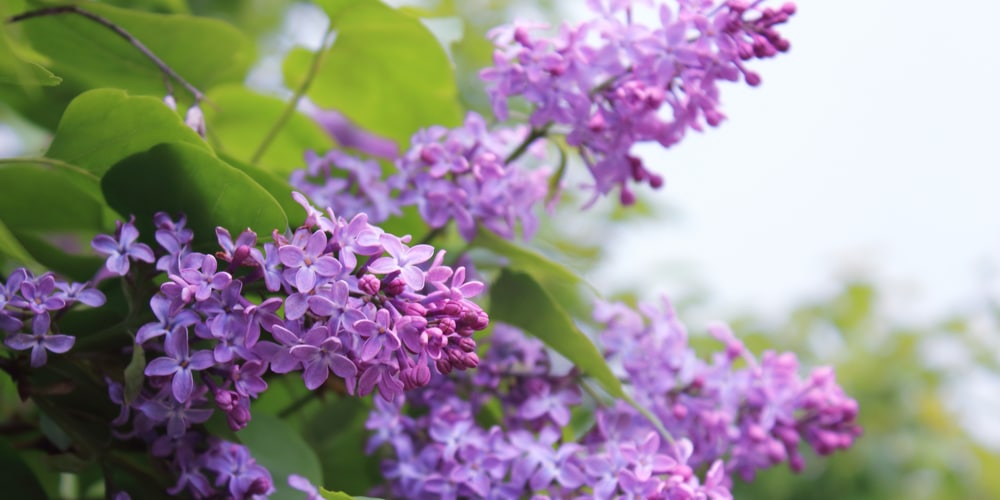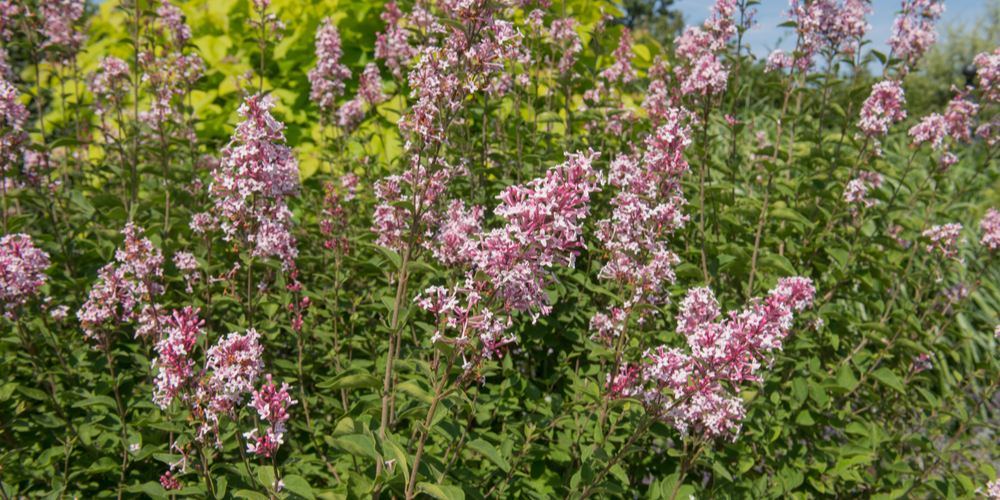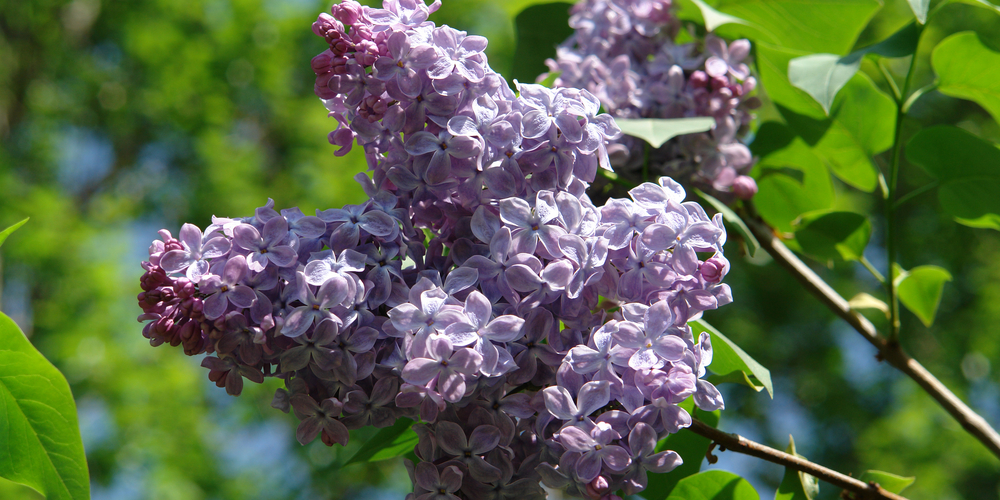If you have a case of lilac leaves curling, it might not alarm you at first. But letting your lilac leaves curl without getting to the bottom of the problem could cause permanent damage to your bush in the long term.
We’ll help you understand why your lilac leaves are curling and how to reverse this problem.
Why Lilac Leaves Curl
Several factors can cause your lilac leaves to curl. Below are some of the most common ones.
Lack of Water
Lilac bushes don’t require excessive amounts of water. However, make sure to watch out for droughts in your area. If you haven’t been watering your bushes, that’s likely why your leaves are curling.
If mother nature isn’t helping, you should water your lilac bush every 10 to 14 days between spring and its last bloom. In addition to curling leaves, the leaves will also turn brittle and may brown if a lack of water is the issue.
Insect Infestation
Unfortunately, pests often love lilacs as much as humans. Some common insects that can infest these bushes and cause curling leaves include the following:
- Leaf miner
- Spider mites
- Aphids
Of these pests, leaf miners are often the biggest culprit for causing lilac leaves to curl. These insects burrow into a lilac’s leaves, causing the leaf’s structure to break down and curl. Over time, leaf miners will impact all the leaves on your lilac bush.
Similarly, spider mites and aphids eat away at lilac plants, but they don’t restrict themselves to just the leaves. So, lilac leaves often curl in these circumstances because pests are eating away at the plant’s stems and roots.
Fungal Infection
Fungal infections can come in many forms on lilac bushes. But one of the most common species that causes leaf curling is powdery mildew.
You can probably deduce what powdery mildew looks like from its name; this fungus showers lilac bushes with a white substance. It happens in high humidity conditions and when you place lilac bushes too close together or near other plants, reducing airflow.
Luckily, powdery mildew isn’t deadly to lilac bushes. Yes, it’ll make your plant’s leaves curl, which isn’t always attractive. But you can still expect your lilacs to flower, and they can return the following year without powdery mildew, provided the environmental conditions improve.
How To Stop Lilac Leaves From Curling
The strategy you use to stop your lilac leaves from curling depends on the cause of the problem. So, once you determine the issue, implement one or more of the following strategies accordingly:
- Water every 10 to 14 days
- Apply an insecticide
- Use a fungicide
As long as you catch the situation early, you’ll be able to revive dry lilac bushes quickly by watering them.
Fungicides are also effective at getting rid of powdery mildew, although you should combine them with ensuring your lilacs receive a lot of airflow.
Eliminating leaf miners and other pests with insecticides often requires more effort. While it’s possible to eliminate these insects that are causing your lilac leaves to curl, it’s more common for them to return.
Therefore, setting up a schedule where you spray your lilac plants with an organic insecticide as prevention and maintenance is often the most effective option. Doing so is especially important since these insects weaken the plant, opening the opportunity for it to suffer from more severe conditions than curling leaves.
Best Practices for Caring for Lilacs
Ensuring you meet a lilac bush’s needs is an effective way to reduce the chances of its leaves curling for the reasons we described above. Some best practices for these plants include:
- 6 to 8 hours of daily sunlight
- Well-draining alkaline soil
- Prune old wood after it blooms
- Plant in USDA zones 2 to 7
By following these tips and being proactive about managing water quantity, pests, and fungus, you’ll be able to enjoy lilac bushes with abundant flowers and green leaves that don’t curl.


